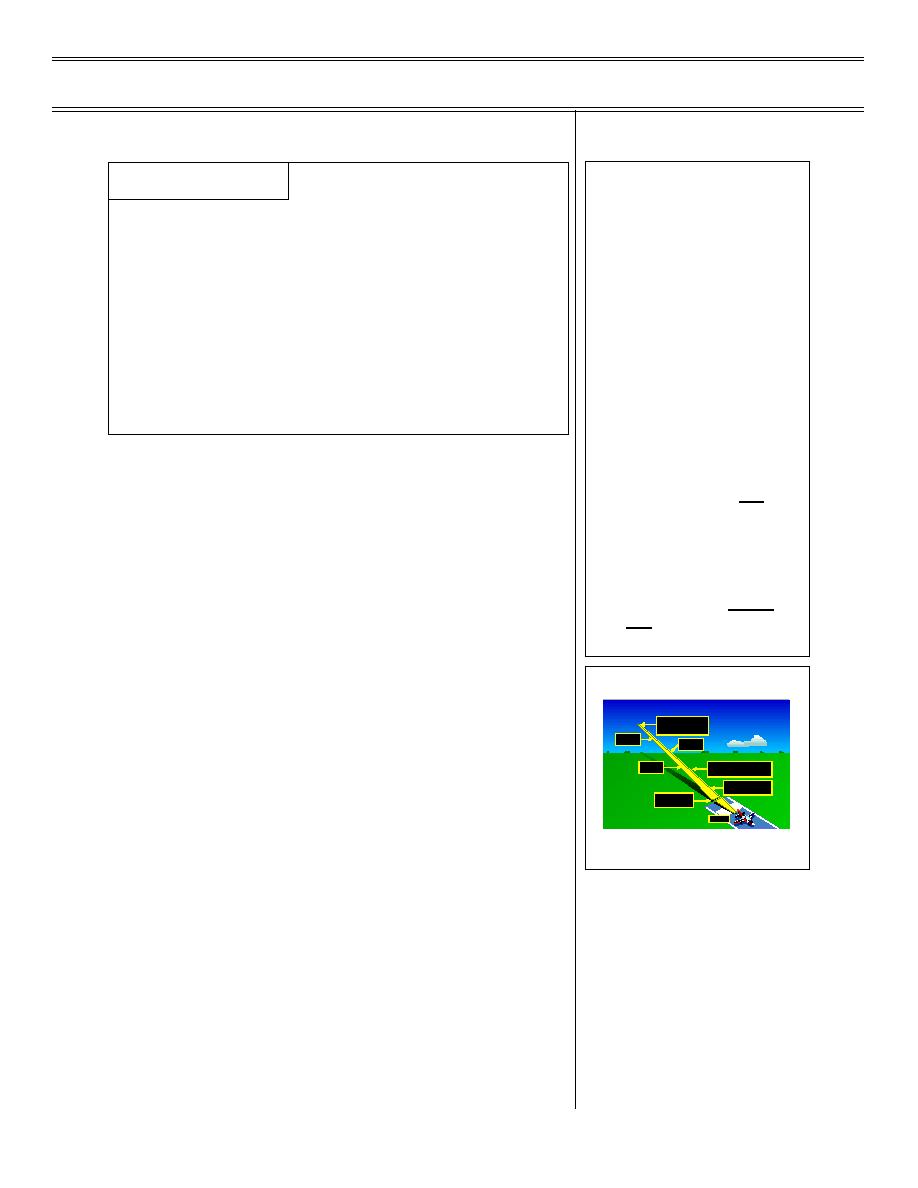
T-45C TS, ADV & IUT FamFP-02
Familiarization Flight Procedures
Sg 3, fr 2
LECTURE NOTES
Precautionary Approaches
Stress modifications for weather and the difference
*Profiles are designed to place
between a practice PA vs a real one when lifting from a
the aircraft in a position to
touch and go with a bird strike to the engine for ex-
safely land at a fixed throttle
ample.
setting
Stress nose up trim after landing.
*Configuration management is
the key to a successful
precautionary approach
Stress not rotating for takeoff until engine is spooled up.
*Never commit to more drag
unless you are certain to make
the field (i.e., full flaps or
speedbrakes)
B. Straight-in precautionary approach 1.9.3.1.1.1
*In a real emergency, any
runway becomes the "active."
1.
Set power to 80% and obtain target air-
Select the profile that provides
speed of 175 KIAS
the most expeditious entry;
modify if necessary (weather,
etc.). Closely observe the
2.
Advise approach of intentions to make
selected runway to assure that
straight-in precautionary approach
it is not blocked by physical
obstructions
3.
Maneuver aircraft to arrive at 5,000 ft AGL,
5 nm from the extended runway centerline
Sg 3, fr 3
4.
Lower gear, half flaps, and extend speed
5,000ft AGL
5nmfromendofrunway,
175KIAS,geardown,halfflaps,
speed brakesout
brakes
4,000ft AGL
4nm
3,000ftAGL
3nm
1,500ftAGL, 1.5 nm fromend ofrunway,
2,000ftAGL
165 KIAS, fullflaps/slats,speed brakes
2nm
asrequired
5.
Perform landing checklist
750 ft AGL,165 KIAS,
continue decelerationtoreach
160 KIAS at 300 ft AGL
Startflareat300ftAGL,
145KIASmin
reducepowerasrequired
Touchdown
6.
Maintain approximately 175 KIAS and
STRAIGHT-IN
3,000-fpm rate of descent
PRECAUTIONARY APPROACH
7.
Verify checkpoints for proper glideslope
a.
5 nm at 5,000 ft AGL, 175 KIAS
b.
4 nm at 4,000 ft AGL, 175 KIAS
c.
3 nm at 3,000 ft AGL, 175 KIAS
d.
2 nm at 2,000 ft AGL, 175 KIAS
(9-99) Original
Page 2-11



 Previous Page
Previous Page
